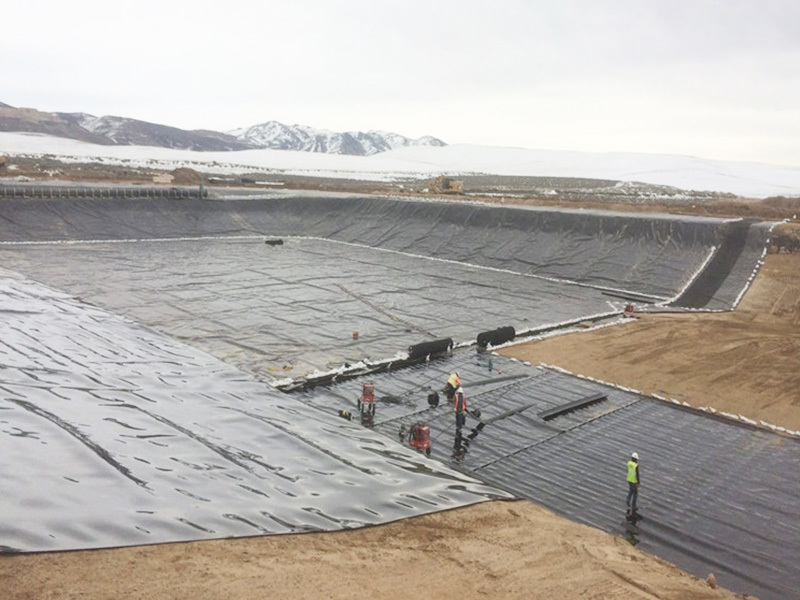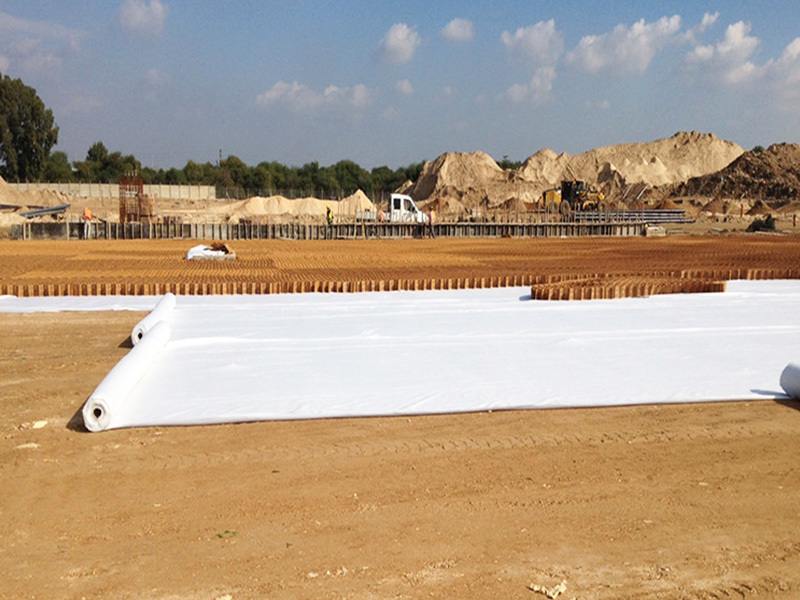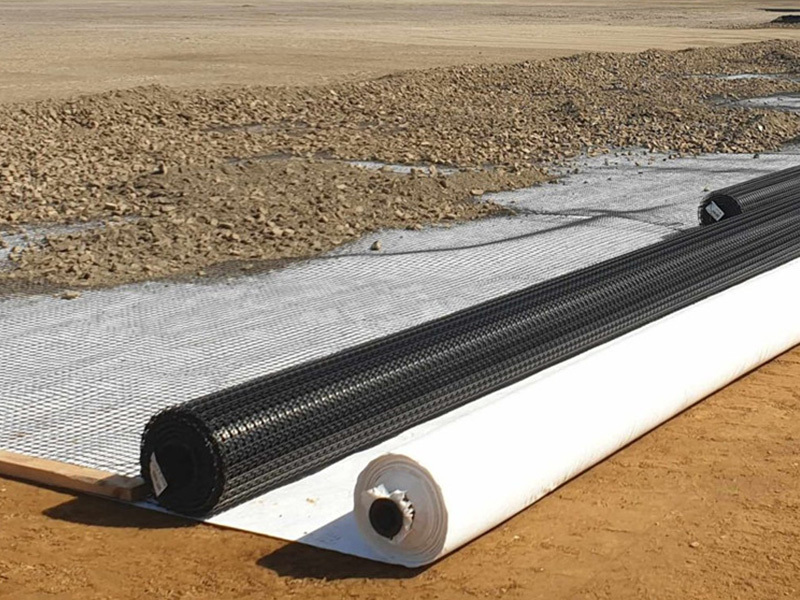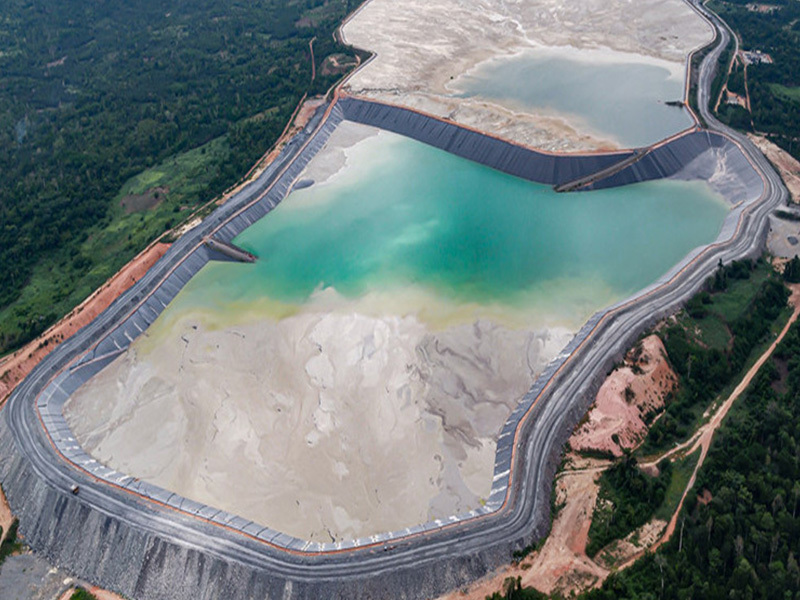HDPE Geomembrane Waterproofing Construction for Reservoirs
Release time:
Jan 13,2025
Waterproofing Construction for Reservoirs
HDPE (High-Density Polyethylene) geomembranes are widely used in reservoir waterproofing due to their excellent chemical resistance, UV stability, and low permeability. Below are the key construction steps and technical requirements:
1. Pre-Construction Preparation
1.1 Subgrade Treatment
Cleaning & Leveling: Remove sharp objects (roots, stones, etc.), ensuring the surface is smooth (max. undulation ≤ 2 cm).
Compaction: Achieve ≥ 90% compaction to prevent settlement.
Drainage System: Install gravel drains or perforated pipes to relieve hydrostatic pressure.
Slope Design: Recommended slope ≤ 1:1.5 (V:H); steeper slopes require terraces or anchor trenches.
1.2 Material Selection
Geomembrane Thickness: Typically 0.5–3.0 mm (1.0–2.0 mm for most reservoirs).
Protective Layer: Non-woven geotextile (300–600 g/m²) to prevent puncture.
Welding Equipment: Dual-hot wedge welder for seams, extrusion welder for repairs.
2. Geomembrane Installation
2.1 Laying Process
Unrolling Method: Deploy rolls downhill, overlapping seams (min. 10 cm).
Relaxation Allowance: Leave ~5% slack for thermal expansion/contraction.
Anchoring: Secure edges in anchor trenches (min. depth 0.5 m) or with ballast.
2.2 Seam Welding
Thermal Welding:
Temperature: 250–400°C (adjust based on ambient conditions).
Speed: 1.5–3.0 m/min for consistent fusion.
Test Seams: Perform peel/shear tests (ASTM D6392).
2.3 Quality Control
Air Pressure Test: Apply 200 kPa to welded seams; pressure drop ≤ 20% in 5 min.
Spark Test: For detecting pinholes in conductive geomembranes.
3. Post-Installation Measures
Protection Layer: Cover with 30–50 cm soil or sand to prevent UV degradation.
Inspection: Regular checks for leaks (e.g., electrical leak detection).
Vegetation Control: Avoid deep-rooted plants near the geomembrane.
Key Standards
ASTM D7467: HDPE geomembrane material properties.
GRI GM13: Installation guidelines.
ISO 9001: Quality management in welding.
This method ensures a durable, impermeable barrier for reservoir waterproofing. Proper execution minimizes leakage risks and extends service life (>50 years).
News
Geocell Technology for Slope Protection: Mechanisms and Applications
Geocell Technology for Slope Protection








